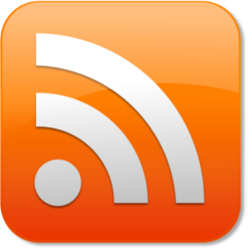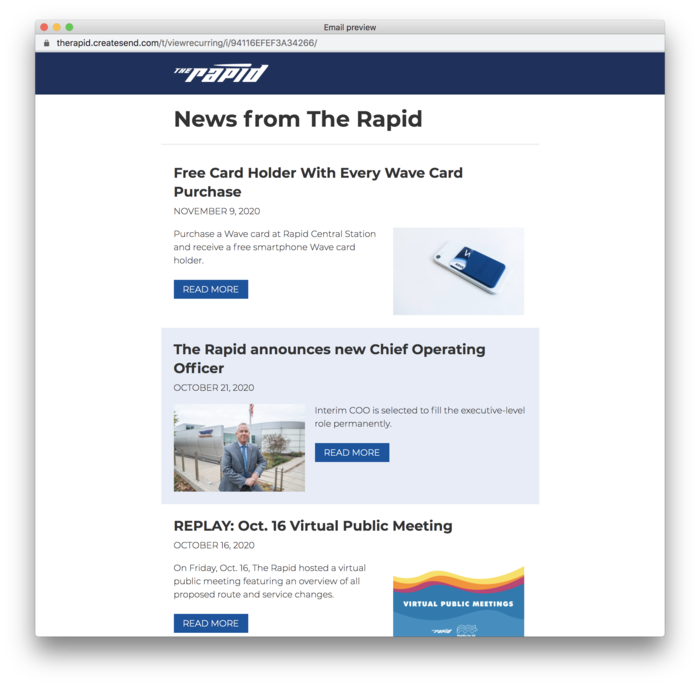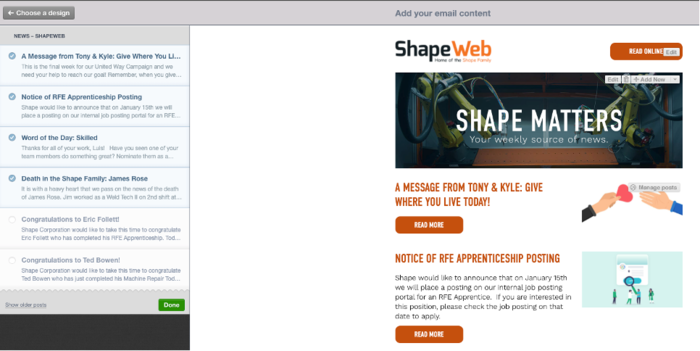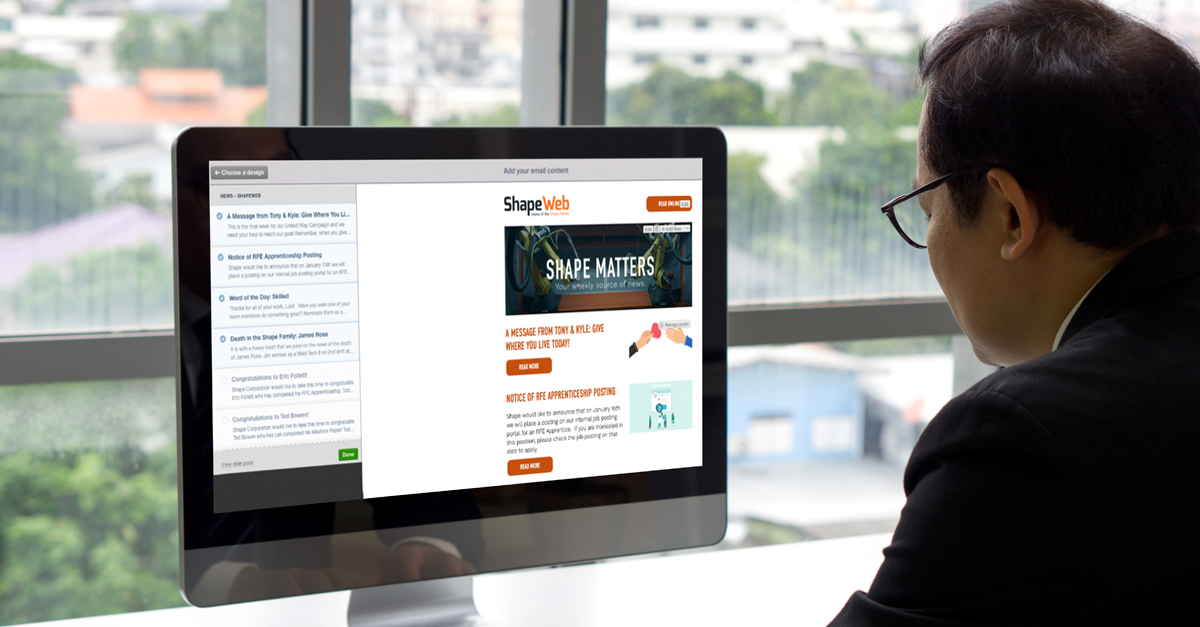Many organizations trust email as a primary channel to reach customers, and with good reason. Email marketing platform Constant Contact finds the average return on investment (ROI) through email marketing is $42 for every $1 spent. That means for every dollar you invest, you receive 42 times that in return. Not a bad investment.
But with so many email tactics to choose from—drip campaigns, welcome series, abandon cart sequences, re-engagement flows—it is challenging to know where to start.
Start with an email newsletter
One way organizations get their feet wet is through an email newsletter. Newsletters provide audiences with consistent and reliable communication. As a result, not only is brand perception improved, but subscribers are nudged one step closer to conversion down the road.
Content and SEO experts at Compose.ly list seven advantages to starting an email newsletter.
- Help you connect with more customers
- Increase your business’s credibility and authority
- Low-risk and high-reward
- Boosts your content marketing strategy
- Customizable for stronger engagement
- Enhance your analytics
- Long-term commitment
Elements of an email newsletter
On the most basic level, there are three key elements of a newsletter.
Design: The design of your newsletter is important and there are a lot of stakeholders to consider. Your marketing team, designer, and email manager may all have different ideas and opinions. But really, it’s your audience that matters most. Make sure your design is optimized for how they want to consume information.
Frequency: Your audience will expect that your newsletter arrives with a consistent frequency such as weekly, monthly, or quarterly. Stick with it and don’t change it unless there’s a good reason and you’ve clearly communicated that to subscribers.
Content: The content in your email newsletter can include lists, stories, promotions, videos, links, photos, or calls to action. It may include some or all of those things. The key is to make sure what you’re sending has value to your audience. Make sure it is helpful, engaging, relevant, and timely.
Curating content for your newsletter can be an extremely time-consuming process if it’s done manually. But what if we told you there was an easy way to populate your newsletter content? What if there was a process that took out the manual, repetitive steps and curated the content for you automatically?
Integrate an RSS feed
Let us introduce you to the power of automation and RSS feeds. This powerful process automatically pulls content from your website and places it directly into your email newsletter template. It’s like magic! The marketing automation kind of magic that involves strategy, triggers, and a bit of code.
An RSS feed is perfect for organizations that regularly publish blog posts or update website content. Email marketing platforms use an RSS feed to grab those content updates and plug them into a newsletter with little to no manual work. If the template is there, and the automation is built, the newsletter creates and sends itself.

Wait, what is an RSS feed?
Let’s back up for a minute and explain exactly what an RSS feed is. An RSS feed is an XML file, or a snippet of code, that supplies the necessary information for various readers to interpret. This standardized snippet is uniform and contains elements of content such as headlines, images, and links. It’s an effective way to supply content to various platforms.
Some CMS platforms automatically generate these feeds, and some require a bit of setup. Most commonly, RSS feeds are used on apps or websites to aggregate articles from news sources for online readers.
In the case of email marketing, developers use a special templating code that allows an RSS feed to be quickly inserted into an HTML email template.
RSS feed considerations
In order to benefit from the power of RSS feed email newsletters, there are a few questions for you or your team to consider.
- How often is the content you want to populate updated?
- Does an RSS feed already exist?
- Does my email marketing platform have the functionality to handle RSS feeds?
- Does my team have the capability or the time needed to implement them?
If you’re struggling to answer any of these questions—or all of them—it doesn’t mean RSS automation isn’t for you. ddm can help determine what you already have in place and what’s still needed.
Examples of automated email newsletters
At ddm, we have extensive experience partnering with organizations to plan, coordinate, manage, develop, and measure timely and responsive email marketing efforts. Below we’re sharing some of those real-life examples.
The Rapid
The email newsletter we built for The Rapid perfectly illustrates an RSS feed integration. The Rapid provides transportation services for people across the Grand Rapids Metro area via buses, carpools, and other methods. Leadership at The Rapid wanted to keep riders and stakeholders informed through a weekly newsletter.
The Rapid wanted to use an RSS feed to automatically pull its website articles into its email marketing platform, Campaign Monitor. We helped set up and integrate the RSS feed and developed a custom template for the newsletter. The template follows The Rapid’s brand guidelines and is structured to display headlines, featured images, introduction copy, and links to articles on the organization’s website.
The template is populated with fresh content automatically on a weekly basis without taking up any team member’s time.

Since launching the automated RSS-feed email newsletter for The Rapid in 2016, the organization has sent more than 153 weekly emails to subscribers. The emails experience an average open rate of 20% and a 3% clickthrough rate. The Rapid’s subscriber list grew from about 400 in 2016 to more than 1,200 at the beginning of 2021.
In addition, the time saved through email automation allows employees to focus on other priorities because there is little to no maintenance.
Shape Corp.
Let’s take a look at another client example that’s slightly less plug and play. Our client Shape Corp. wanted to send out a weekly newsletter to employees that was populated with content from its intranet. Shape Corp. is an automotive and industrial supplier of metal, plastic, and hybrid components and systems. Being a global company, the newsletter also had to easily convert to each employees’ preferred language.
Shape Corp. didn’t just want to pull the latest articles from its intranet, it wanted the flexibility to choose which articles were added each week.
To accomplish this, we created a custom-coded HTML email template with RSS-specific elements that allow Shape team members to select which content is added. Articles can be added to the template with just one click, along with custom content and images.

The advantage of Shape Corp’s RSS feed email template shines through in the time savings for internal team members. What used to take hours to build can now be produced in less than an hour. Just one template supplies all of the required assets needed to personalize emails for thousands of employees.
Since the launch of the new template in summer 2020, Shape Corp. has sent nearly 37 newsletters with an average 37.9% open rate and a 13.7% click rate.
Ready to develop your email newsletter?
Whether you’re looking for a partner to walk you through the entire automated email newsletter process, or you need someone to jump in at a particular stage, ddm can help.
Reach out to our marketing automation team at: moc.mddmaet@gnitekram.
